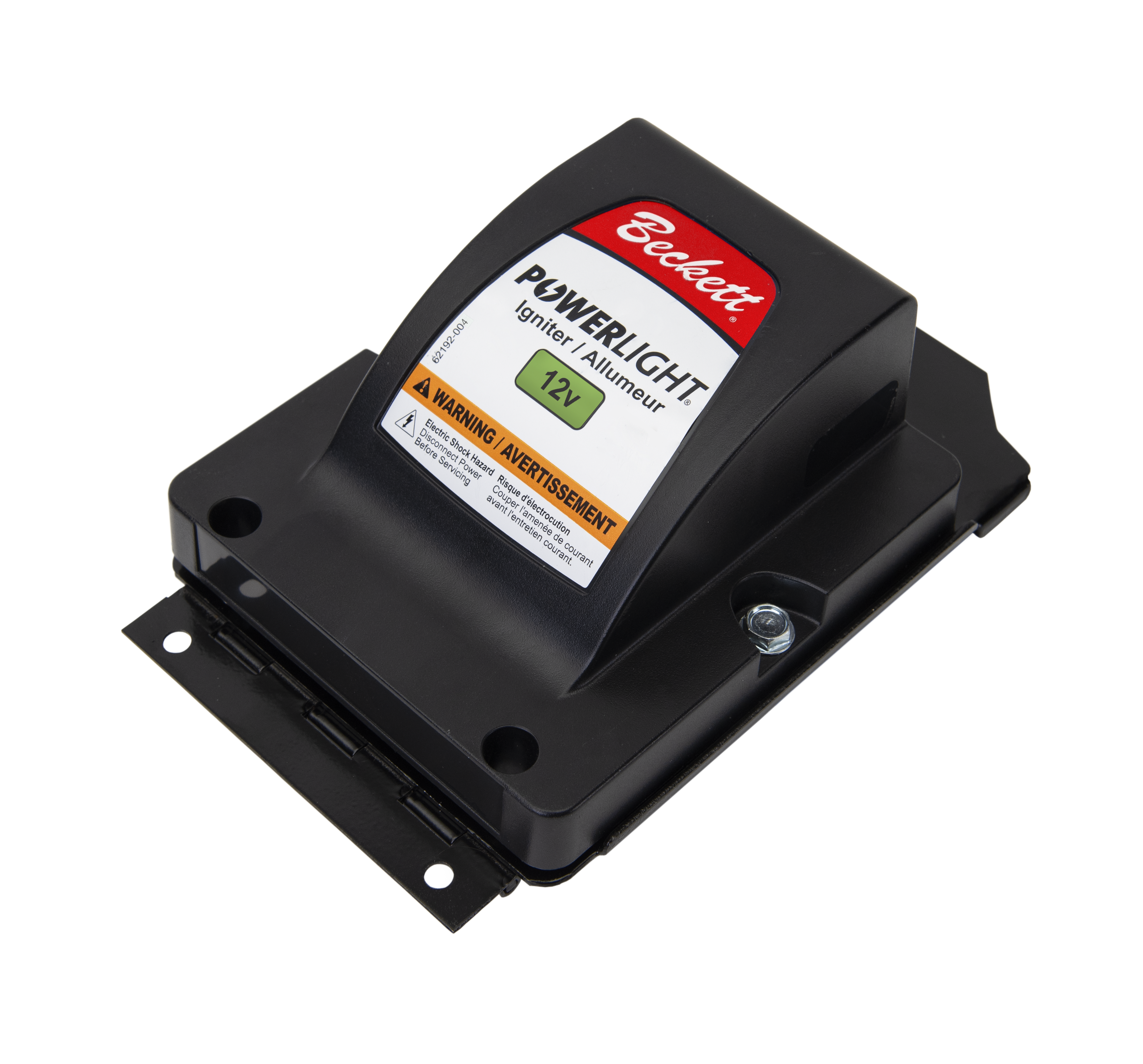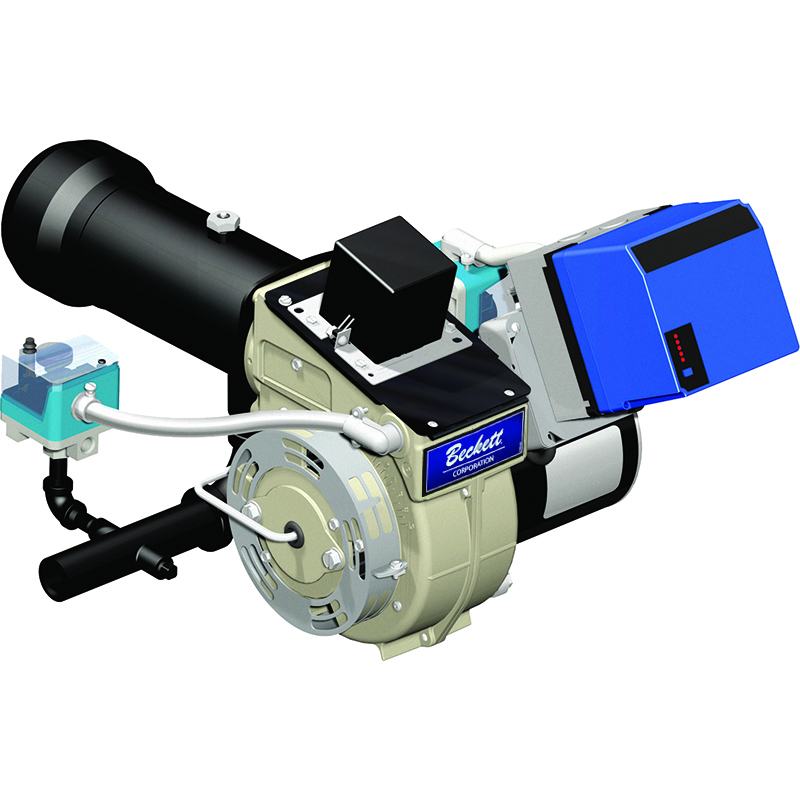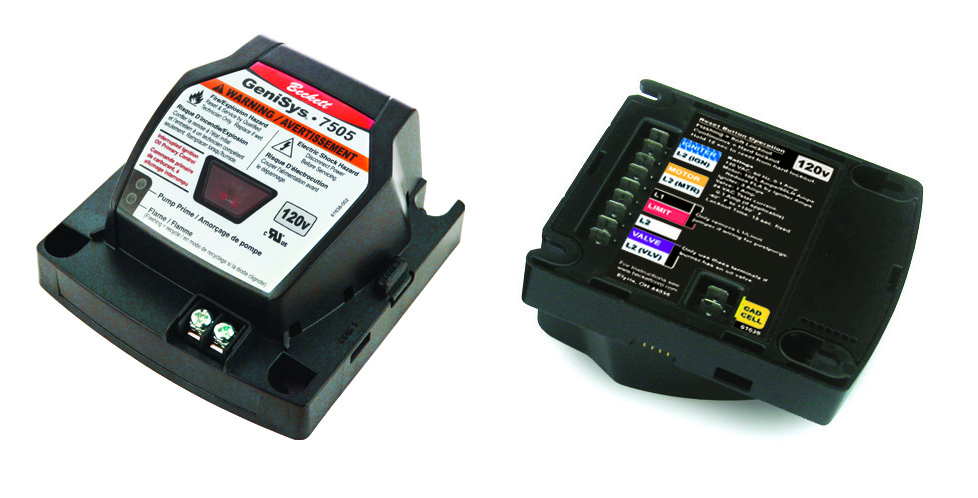The newest innovation in fuel tank technology from the R.W. Beckett family of companies is the BeckettLink® Connect Tank Gauge system. The system is comprised of four components that keep both the fuel dealer and the customer up to date on important tank information. These components including the tank gauge, WiFi hub, Dealer Dashboard web-based portal, and the BeckettLink® customer app. Thanks to the technology built into the BeckettLink® system, the connected tank gauge allows users to track fuel levels, schedule deliveries, and receive important fuel alerts anytime and from anywhere.
BeckettLink® Connected Tank Gauge System Features
Topics: Heating Technologies, Connected Tank Gauge
Every component in the heating system has a specific purpose and a role to play in generating and regulating heat for delivery to homes and facilities. These components must not only function correctly on their own but also in conjunction with the rest of the heating system in order to produce reliable heat. One particularly important piece of the system that has helped to increase heat reliability over the years is the solid-state, electronic igniter. The purpose of the igniter, overall, is to provide the high voltage spark necessary for fuel ignition. As the system's ignition source, the modern igniter ensures that the rest of the system provides dependable comfort to customers. In this post, we'll provide an introduction to igniters, how they function, and how technicians can service and troubleshoot them.
Topics: Heating Technologies, Igniters
Over the years and decades, heating systems, home design, and other appliances and technologies have developed alongside our changing needs and lifestyles. For heating systems and appliances that use gas, the gas burners inside have also gone through a series of design and engineering changes. Several iterations of the gas burner have replaced older technologies, all in favor of safer and more efficient gas heat. In this post, we'll discuss the evolution of gas burners through the history of gas heat and the benefits these developments brought to the industry and its consumers.
Topics: Heating Technologies, Burner, Gas Burners
In order to heat a space of any given size, a natural gas heating system needs the right components for the job. While all system parts are certainly important, the burner is an especially crucial piece of the puzzle. A natural gas burner provides the energy for the entire heating system by burning the fuel, which in turn heats the vessel while byproducts are drawn out by a fan or chimney. However, the type of heating system determines the type of burner that's necessary for optimal performance.
Topics: Heating Technologies, Burner, Gas Burners
In the history of heating and combustion technology, manufacturers and heating specialists alike have made huge improvements in the arenas of heating efficiency and safety. One of the most significant developments in terms of heating safety is the introduction of the burner primary control, which communicates with other heating components and oversees the safe operation of the system. However, systems haven't always been designed this way. As heating systems evolved the primary control became an integral part of the heating system, striving for safety while delivering automatic comfort.
Topics: Oil Heat, Natural Gas Heat, Primary Controls, Heating Technologies
When heating with gas or oil, safety is always the top priority, and over the years, OEMs have counted on the innovations of their suppliers to improve the safety conditions inside their systems. In general, heating safety hinges on every part of the heating systems interacting correctly with the other components they are connected to. But when there are so many vital parts in the system that need to constantly be interacting, the best way to ensure that heating is carried out safely is to introduce a part that oversees the entire combustion cycle — the primary control.
Topics: Oil Heat, Natural Gas Heat, Primary Controls, Heating Technologies







